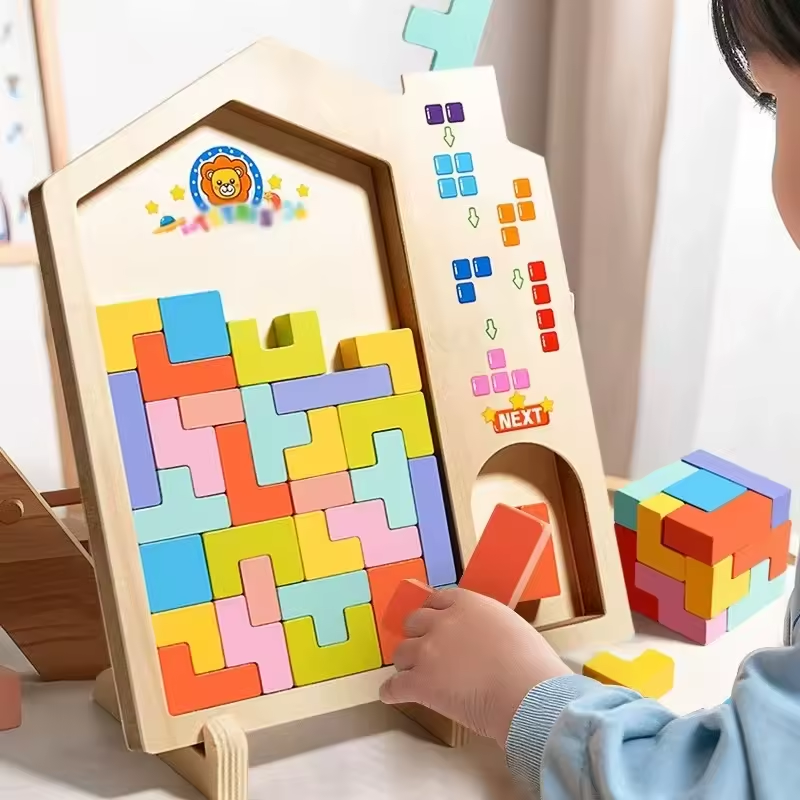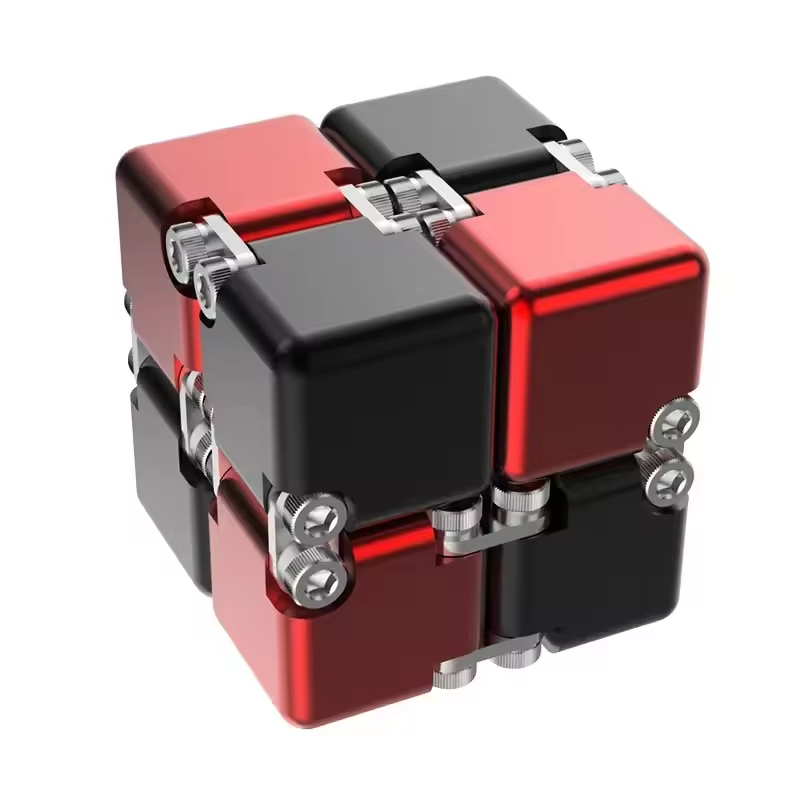Part 1: Getting Started
Customizing RC toys can be a fun and rewarding hobby for enthusiasts of all ages. Here are a few tips to get you started on your customizing journey:
1. Choose the Right RC Toy: Before you start customizing, it’s important to select the right RC toy. Consider factors such as size, durability, and ease of customization. Make sure to choose a model that suits your skill level and preferences.
2. Gather the Necessary Tools: Customizing RC toys requires a variety of tools and materials, including paints, brushes, decals, and hobby knives. It’s essential to have a well-equipped workspace with proper ventilation and lighting to ensure a successful customization project.
Part 2: Design and Personalization
Once you have the necessary tools and equipment, it’s time to start thinking about the design and personalization of your RC toy:
1. Brainstorming: Think about the theme or design you want for your RC toy. Consider color schemes, decals, and any additional features you want to incorporate. Sketch out your ideas and create a plan before starting the customization process.
2. Choosing the Right Materials: Consider the type of paints and decals you want to use for your project. Make sure to select materials that are suitable for the surface of your RC toy and can withstand wear and tear from regular use.
Part 3: Customization Techniques
There are various techniques you can use to customize your RC toy and bring your design vision to life:
1. Painting and Airbrushing: Use high-quality paints and airbrushing techniques to achieve smooth and professional-looking finishes. Experiment with different painting techniques, such as masking and layering, to create intricate designs.
2. Applying Decals and Stickers: Decals and stickers are an effective way to add detail and personality to your RC toy. Choose from a wide range of pre-made designs or create your own custom decals using a computer and a printer.
Part 4: Advanced Customization
For experienced hobbyists looking to take their RC toy customization to the next level, consider these advanced techniques:
1. Custom Fabrication: For those with the skills and resources, consider custom fabricating parts or components to enhance the performance or appearance of your RC toy.
2. Light and Sound Effects: Incorporating LED lights, sound modules, or other electronic components can add an extra level of realism and excitement to your customized RC toy.
Part 5: Finishing Touches and Maintenance
Once you’ve completed the customization of your RC toy, don’t forget about the finishing touches and ongoing maintenance:
1. Protecting Your Custom Design: Apply a clear coat or sealer to protect the paint and decals from scratches and fading. This will help preserve your customized design and keep your RC toy looking its best.
2. Regular Maintenance: Keep your customized RC toy in top condition by performing regular maintenance, such as cleaning, lubricating moving parts, and inspecting for any wear or damage that may require repair.
In conclusion, RC toy customizing offers a creative outlet for hobbyists to express their individuality and create personalized models that reflect their interests and preferences. With the right tools, techniques, and a little imagination, you can transform an ordinary RC toy into a unique and eye-catching masterpiece. Remember to have fun and enjoy the process of bringing your custom design to life!



